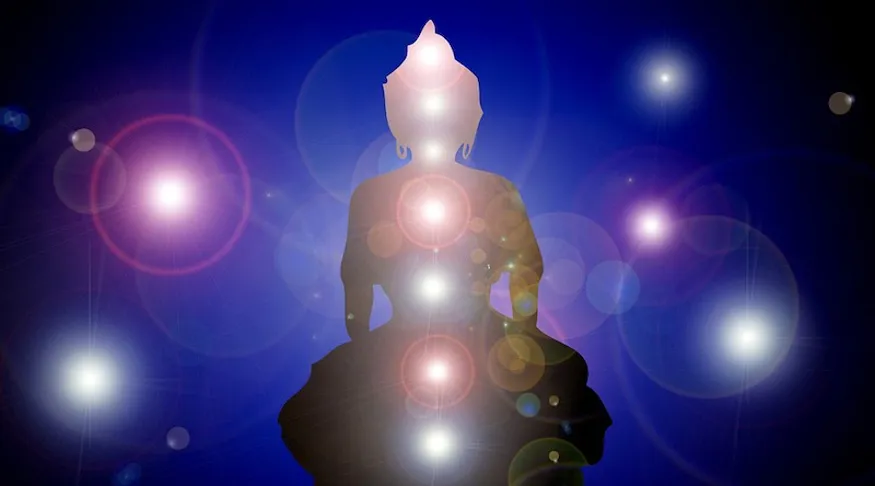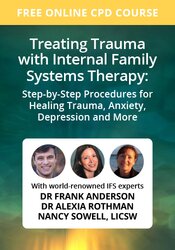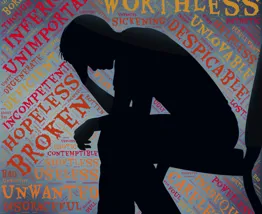Enrol in an online course today for flexible, self-paced learning—no fixed schedule required. Plus, enjoy lifetime access to course materials for convenient revisiting.
Would You Recognise a Kundalini Awakening?

In Indian mysticism, kundalini is a female serpent coiled at the base of the spine. During spiritual awakening she rises up, activating the chakras situated in the body at points between the anus and the crown.
This description is probably interpreted more literally than it should be, and perhaps also dismissed too readily. Even though its nature remains unclear, people who undergo kundalini awakening are left in no doubt of the reality of this experience.
Kundalini awakening is a challenging psychophysical episode, usually arising from prolonged engagement with religious or spiritual practices. These include: meditation, yoga, tantric sex, pranayama, and connected breathwork. However, entheogenic drugs, particularly LSD, can also be a trigger.
Sadly, spiritual practices are too often regarded by therapists as inconsequential, or as psychological symptoms in themselves. Given its commonly reported features, current trainings in psychotherapy and medicine are likely to view kundalini awakening as a psychotic episode.
Common features of kundalini awakening
· Sensations of ‘energy’ moving or trapped within certain parts of the body, often involving the chakra points. This process may become in some way ‘visible’ to the experiencer.
· The energy feels unbearably strong or painful, often accompanied by shaking, jerking, or spasms.
· Spontaneous adoption of yoga poses or mudras (hand gestures), even though the experiencer may never have practised these before.
· Sensations of intense cold or heat, but (typically) without sweating.
· Loud sounds (such as rumbling or musical harmonies) that no one except the experiencer can hear.
· A feeling of sensory overload: everything is ‘too much’.
· Insights into the true nature of reality, which may sound odd or disturbing to both the experiencer and others.
· Speaking in tongues or other involuntary vocalisations.
· Intense waves of bliss and bodily pleasure.
Differentiating kundalini awakening from psychosis
There seem to be two important differences between kundalini awakening and psychosis. Firstly, kundalini awakening follows upon intense spiritual practice (which is not necessarily the case with psychosis). Secondly, a person in psychosis buys deeply into their altered reality, whereas a person undergoing a kundalini experience retains a clear sense of their usual state of mind, and typically expresses a desperate longing to return to it.
How to help someone undergoing kundalini awakening
Avoid metaphysical speculations or discussion, but focus instead on encouraging them to take a break from spiritual practice, replacing it with ‘grounding’ activities:
· Positive bodily experiences, such as food, rest, simple physical work, exercise, and orgasm.
· Giving attention to the hands and feet, if there are powerful sensations in more central areas.
· Walking in nature. Notice physical sensations; make physical contact with trees, fences, the ground, noticing the breeze or warmth of the sun, etc.
· Contact with family members or friends – assuming these relationships are stabilising.
· If you have the appropriate expertise, modifying the experiencer’s usual spiritual practice to cultivate compassion, gratitude, or surrender.
These simple interventions can be effective, but will sometimes be resisted, particularly if the experiencer’s spiritual practice is entangled with personal issues around competitiveness, fear of failure, or envy. Also wrapped up in an episode is likely to be difficulty accepting one’s physical and mental limitations in the face of a strange, overwhelming experience which, in ignorance, one’s own familiar spiritual practice has suddenly unleashed.
Here, a therapist is on more familiar ground, and this is the route by which, although on the surface it appears a medical issue or serious psychotic break, kundalini awakening can nevertheless respond well to psychotherapeutic intervention.
Working through these issues with a counsellor or psychotherapist with knowledge and understanding of kundalini awakening can help it become more manageable, and can enable the experiencer to either resume or make helpful changes to their spiritual practice.
















